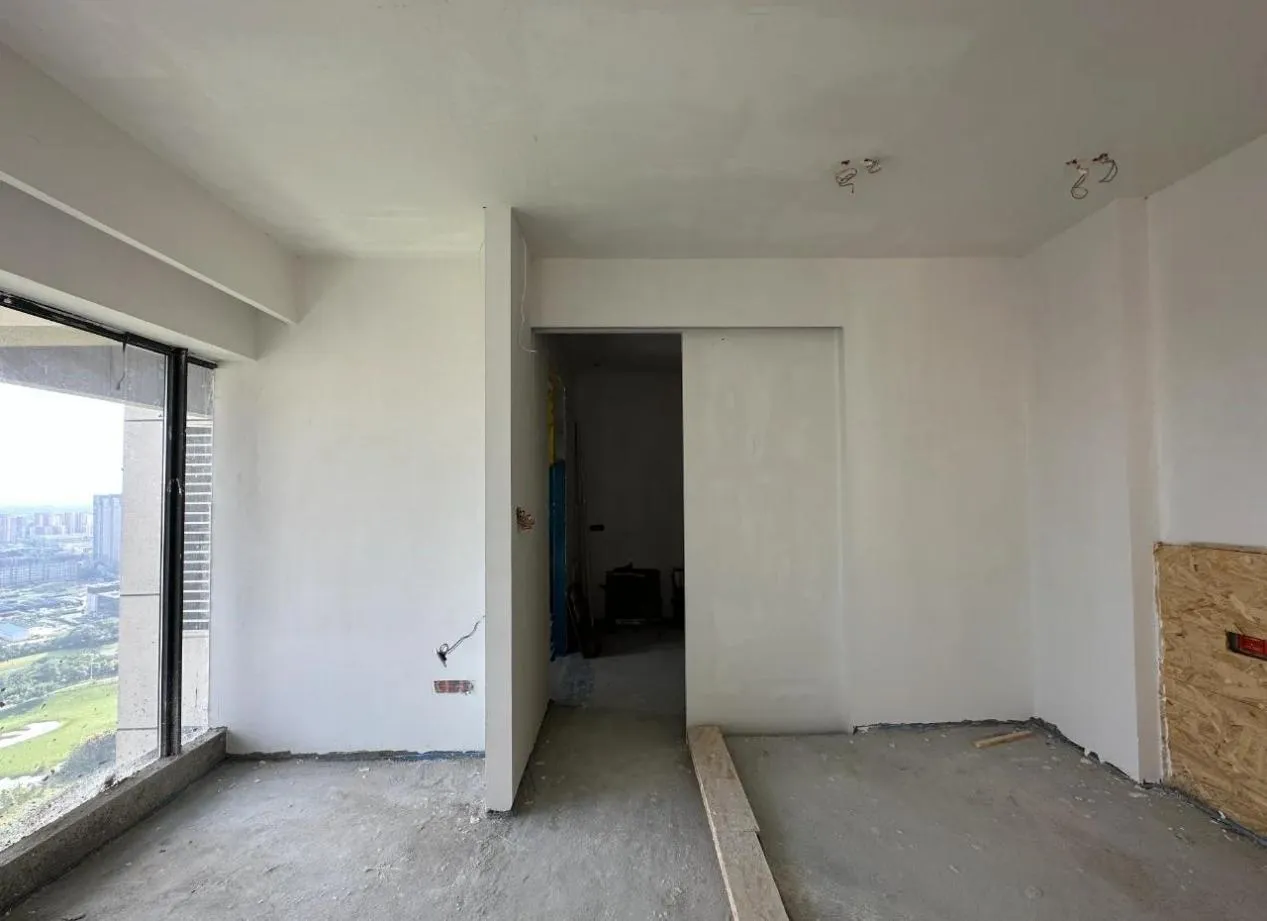
Enhancing Workability in Plastering: The Role of Gypsum Retarders
Gypsum-based materials are widely used in construction for their excellent fire resistance, smooth finish, and workability. However, one challenge with gypsum plaster is its fast setting time, which can be problematic during application. To address this, specialized additives known as gypsum retarders are used. These compounds slow down the setting process, allowing workers more flexibility and precision.

What Is a Gypsum Retarder and Why Is It Needed?
A gypsum retarder is a chemical additive designed to delay the hardening time of gypsum-based products. In construction, this is particularly important for achieving high-quality finishes on large surfaces. Without a retarder, gypsum plaster may set too quickly, making it difficult to apply smoothly or adjust after placement.
The retarder in gypsum typically works by interfering with the formation of gypsum crystals during the hydration process. This slows down the chemical reaction that causes the material to harden. As a result, workers gain additional working time, which is essential for complex applications like molding, detailed wall finishes, and large surface areas that require consistency.

Types and Applications of Gypsum Retarders
There are various forms of retardante de yeso additives available on the market, including protein-based, acid-based, and synthetic formulations. Each type is designed for specific uses, depending on the desired set time and the environmental conditions of the worksite.
For example, in hot or dry climates, plaster tends to set more quickly. Adding a gypsum retarder in such conditions helps prevent premature hardening and cracking. On the other hand, for interior decorative work that requires more sculpting or smoothing, extended working time is essential for precision and finish.
Some products are marketed specifically as aditivo para yeso de tiempo extra, designed to offer a consistent and longer setting time without compromising the strength or quality of the plaster. These are especially useful for projects involving complex decorative elements or when multiple batches of plaster need to be blended seamlessly.
Gypsum retarder applications extend beyond just wall plastering. They are also used in ceiling designs, gypsum boards, molds for architectural elements, and even in prefabricated building components. In each of these cases, controlling the setting time is crucial for achieving accurate shapes, seamless joints, and smooth textures.

Choosing the Right Gypsum Retarder for Your Project
When selecting a retardante de yeso, it’s essential to consider the setting time required, the ambient temperature and humidity, and the type of gypsum product being used. Some retarders are better suited for rapid-setting plasters, while others are more appropriate for slow-setting base coats.
For general use, protein-based retarders are a common choice due to their reliability and cost-effectiveness. However, for specialized applications like fire-rated systems or industrial-grade boards, synthetic or acid-based retarder in gypsum formulations may be more appropriate due to their precision and compatibility with other additives.
Application methods can vary as well. In dry-mix formulations, the gypsum retarder is typically pre-blended at the manufacturing stage. In on-site mixing, the additive may be introduced directly into the plaster mix by weight. Consistent dosing is crucial—too little may not sufficiently delay setting, while too much can weaken the final strength of the material.
Understanding gypsum retarder applications is essential for builders, contractors, and architects who aim to balance workability with performance. With the right additive, projects can be completed more efficiently, with better surface quality and reduced waste due to premature setting.
In modern construction, time is a critical factor—but so is quality. Gypsum retarders offer a practical solution for managing the quick setting nature of gypsum, allowing more time for application, shaping, and finishing. Whether it's an aditivo para yeso de tiempo extra for a large wall surface or a high-performance retardante de yeso for intricate molding work, these additives help professionals achieve precision without compromising durability.
By selecting the right retarder in gypsum and understanding its applications, construction teams can optimize workflow, reduce material waste, and ensure superior results in all types of gypsum-based projects.
-
Hydroxypropyl Starch as a Sustainable Construction AdditiveNewsNov.24,2025
-
The Gelation Properties of CMCNewsNov.21,2025
-
Redispersible Latex Powder and Water Retention CapacityNewsNov.21,2025
-
Dosage Control for Polycarboxylate Water ReducerNewsNov.21,2025
-
Film-Forming Properties of Polyvinyl AlcoholNewsNov.21,2025
-
The Function of Gypsum Additives in MortarNewsNov.21,2025





















